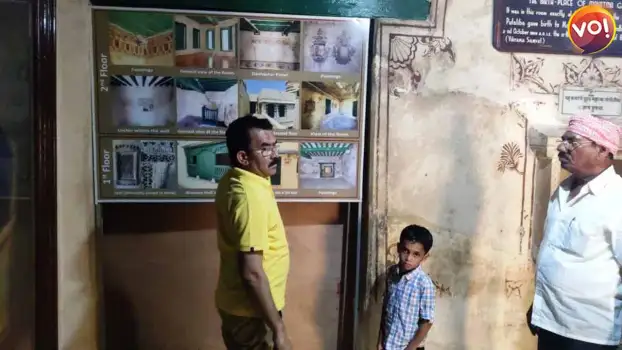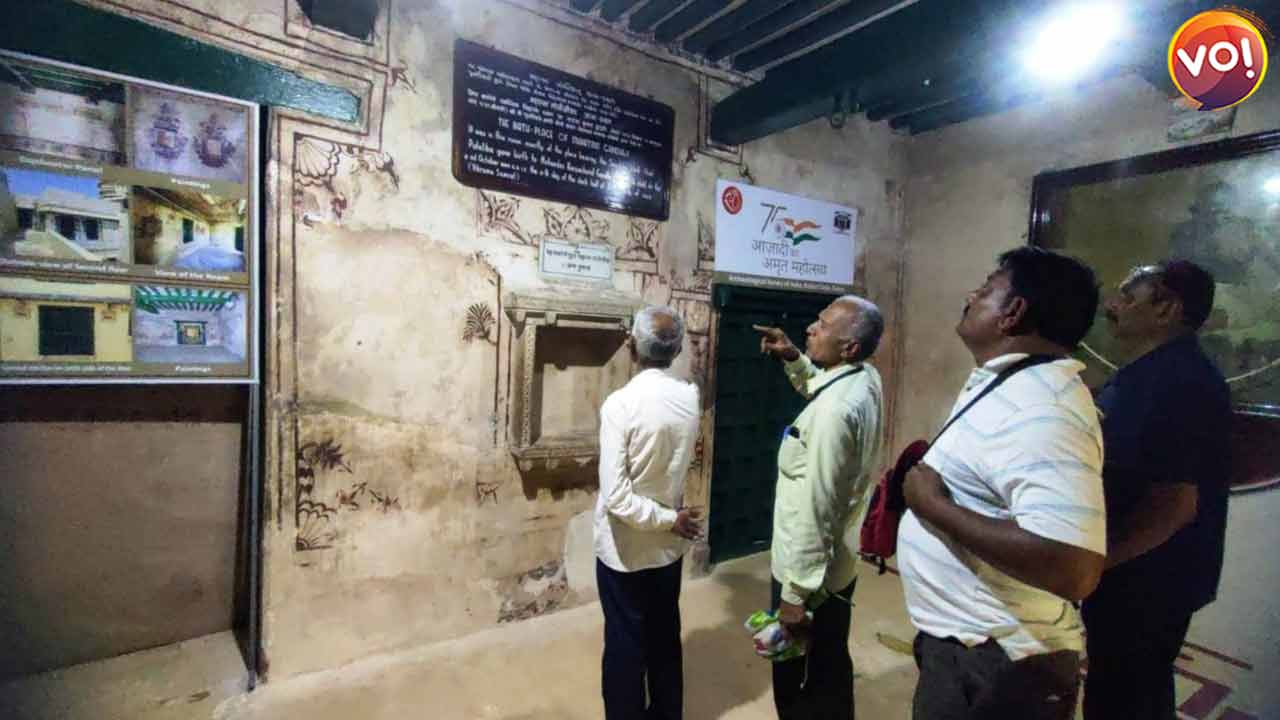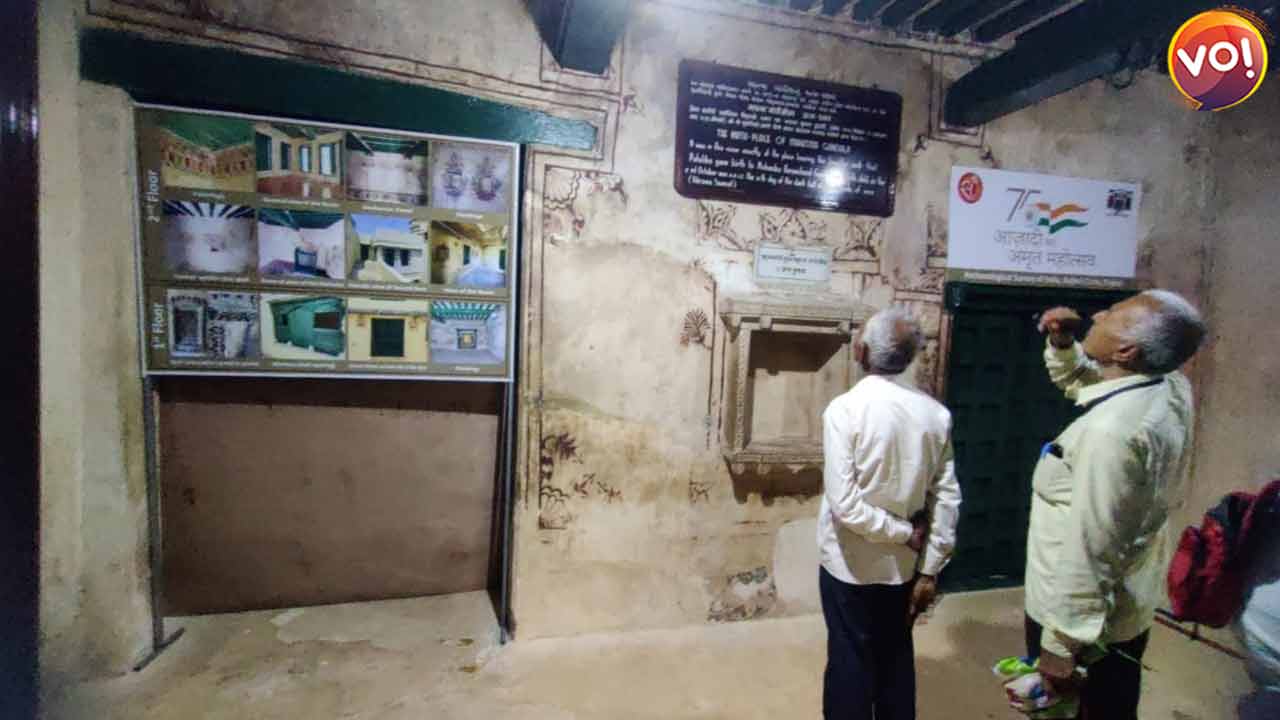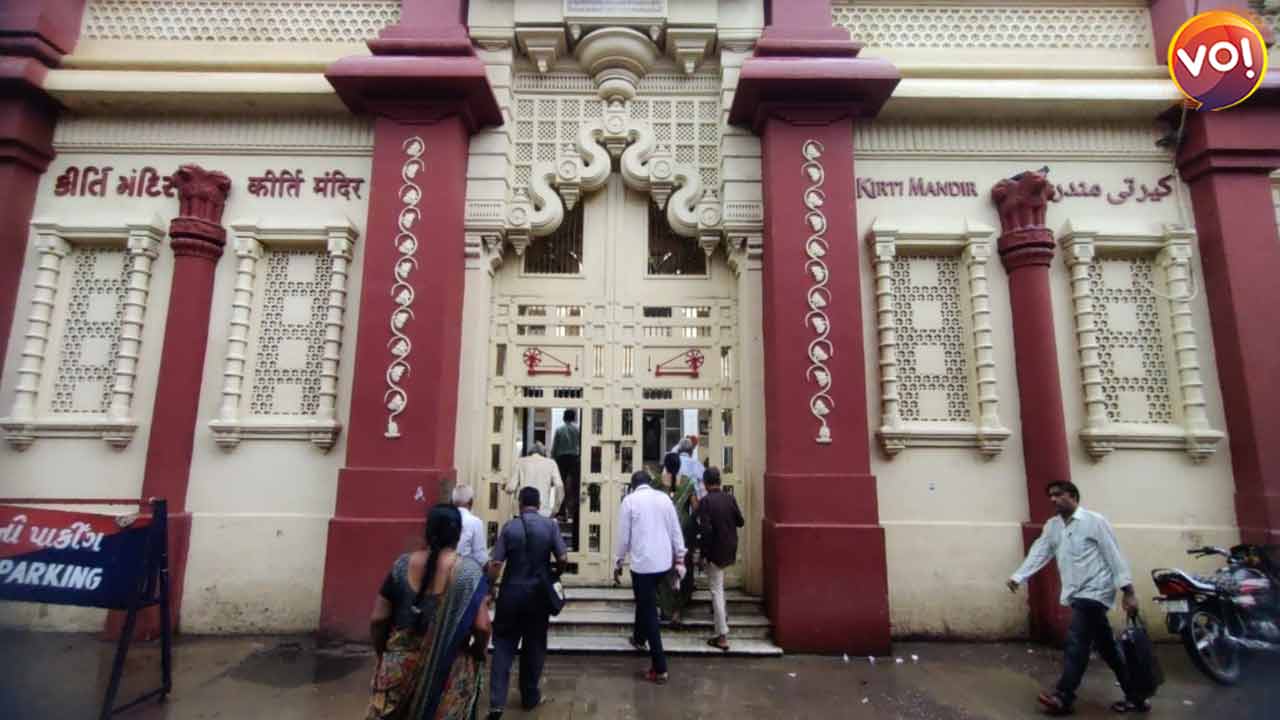While the Gandhi Ashram in Ahmedabad is being redeveloped at total outlay of Rs 1,290 crore, the museum at the site of Gandhi’s birthplace in Porbandar, has been left to neglect.
Kirti Mandir, as the museum is called, is located adjacent to Gandhiji’s ancestral house. It is part of the complex. Currently, the first and second floors of Kirti Mandir are closed for visitors.
The museum displays items used by Gandhiji, life size paintings of Kasturba and Gandhiji by Shri Yutt, along with some old photographs. It also houses a library of books written by Bapu and some reference literature on his philosophies.
The museum also has a doorway into the ancestral home. Presently, photos belonging to the upper floors have been placed in the ground floor. Tourists are only allowed to look at the photos on the ground floor as going above is not permitted.
The apathy and neglect is being attributed to the lack of coordination between the Central government and the Archaeology department of the state government. According to historian Narottam Palan, also a resident of Porbandar, Bapu’s house in ways is the sanctum sanctorium of the country and “the government should be ashamed that no major attention is being given to its restoration.”
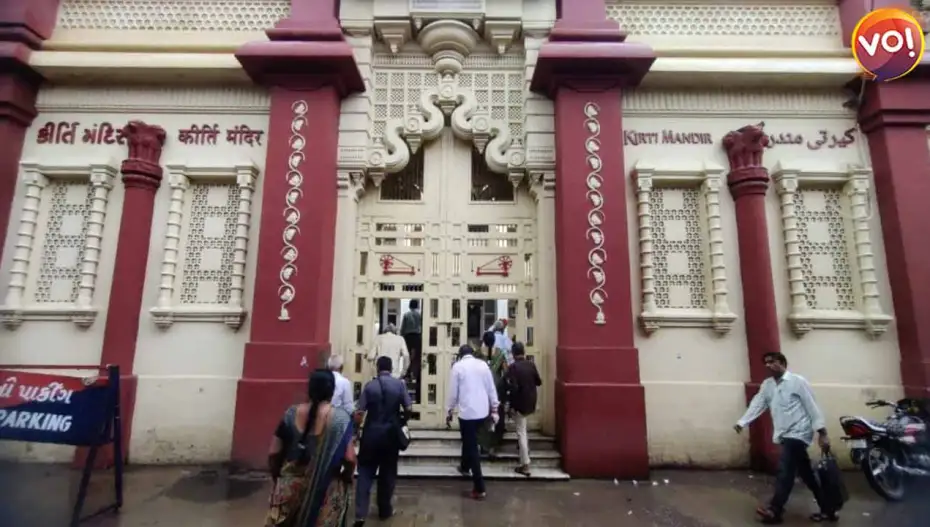
When contacted, Anil Kumar, Rajkot Circle Officer of Archaeology, shared that a damage assessment for Kirti Mandir is underway. “A conservation program will be prepared after the assessment. Optimum care should be taken for the restoration of the monument and paintings. Right now, we can’t say how soon the work will start or how long it will take,” he added.
Kirti Mandir was inaugurated by Sardar Vallabhbhai Patel on May 27, 1950. It is 79 feet tall, representing the 79 years of Gandhi’s life, and includes architectural elements of Hindu, Buddhist, Jain and Parsi temples, as well as of churches and mosques.
“Kirti Mandir comes under the purview of ASI while Kasturba’s house comes under the duty of Archaeology. The rest is responsibility of local authorities. It is the confusion between these three that is delaying the work,” reasoned Dr Surekha Shah, also a resident of Porbandar.
On the other hand, the revamp of Sabarmati Ashram has triggered controversy and outrage among a section of Gandhians, activists and scholars. At least 130 personalities from various walks of life have opposed the plan, calling it the “second assassination of the Mahatma.”
In a joint statement, they criticised the Centre and the state governments for embarking upon the redevelopment plans, and said the proposed project will severely compromise the simplicity and sanctity of the present-day Ashram. The proposed memorial is more like a “Gandhi Theme Park.”
It is significant to note that there are around 250 families who currently reside in the Ashram area for historical reasons. They have been offered alternate accommodation within the larger Gandhi Ashram precinct or a one-time monetary compensation as per the plan prepared by the state authorities. Of 250 families, 54 families have already accepted the first instalment of the monetary compensation, and 36 families have accepted the second instalment as well. The rest are still considering their options.
Read More: Mahatma Gandhi’s Great-Grandson Challenges Gandhi Ashram’s Development Project



